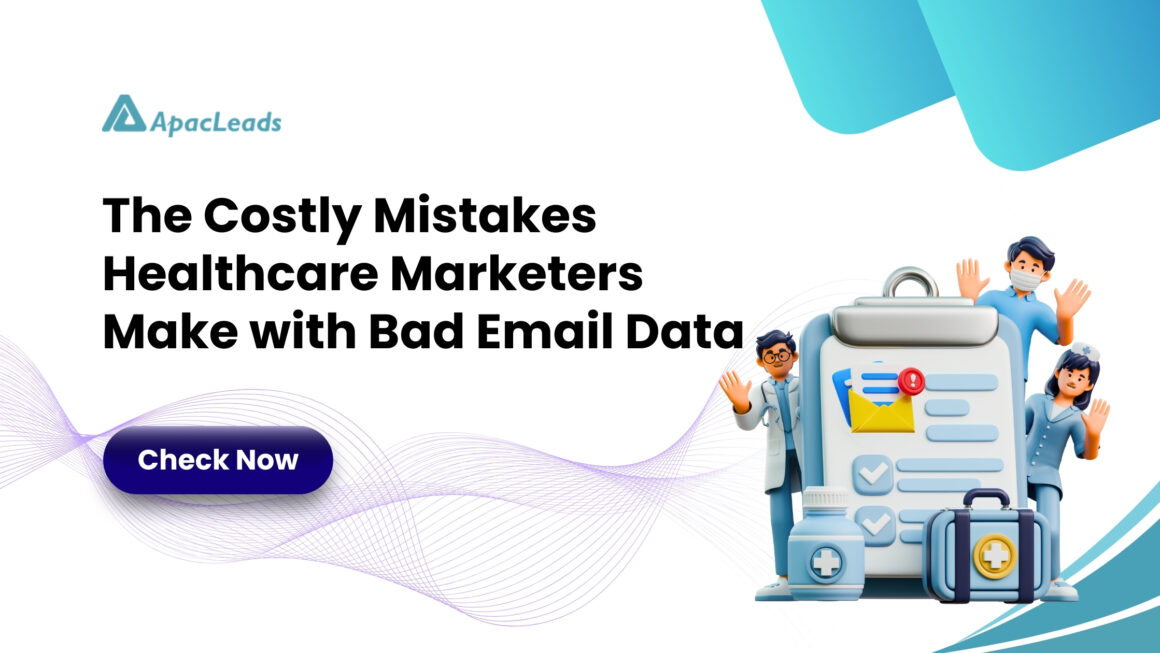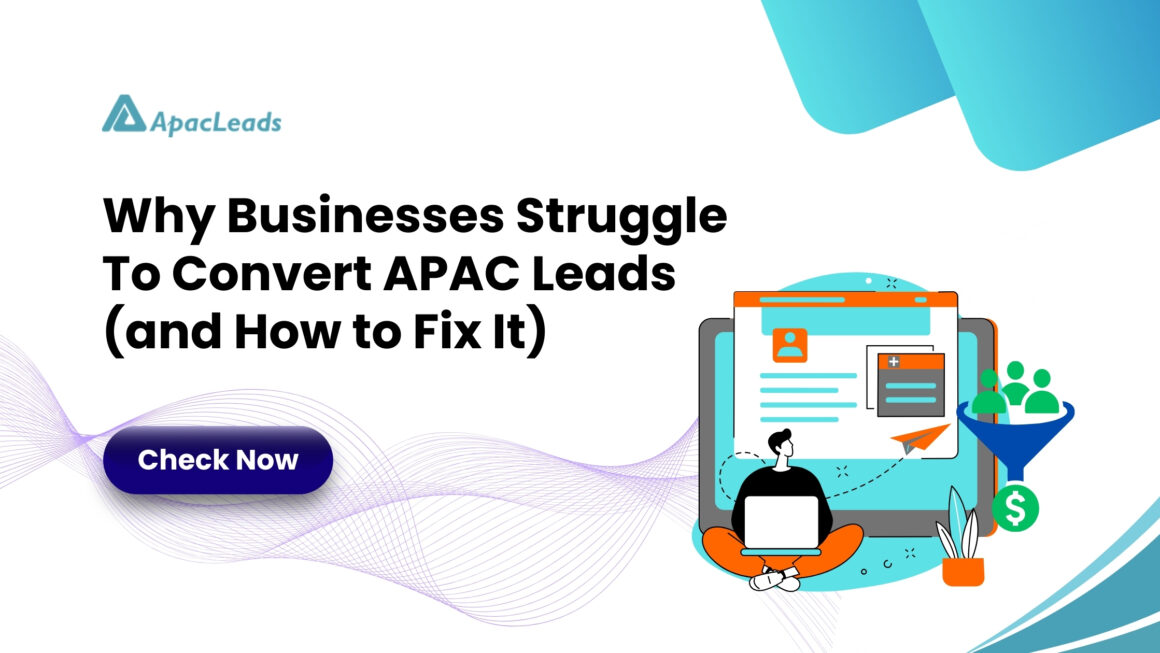In the age of data-driven marketing, healthcare professionals rely heavily on email campaigns to reach decision-makers, from hospital administrators to healthcare providers. Yet, one critical mistake continues to derail even the most well-funded campaigns: using bad email data.
Inaccurate, outdated, or poorly verified contact lists don’t just reduce engagement-they directly cost time, money, and reputation. Here’s a closer look at the costly mistakes healthcare marketers make and how to avoid them.
Why Are Outdated Contacts Hurting My Campaigns?
Outdated contacts lead to bounced emails, low engagement, and wasted marketing efforts. Healthcare professionals frequently change roles or institutions, so relying on old lists reduces your reach.
Healthcare roles and responsibilities change frequently.
- Providers move hospitals, clinics, or positions.
- Emails bounce at alarming rates, harming your sender reputation.
The result: campaigns fail, ROI drops, and your brand looks unprofessional.
Solution: Use verified, regularly updated email list to ensure your campaigns always reach the right recipients. This improves deliverability and ROI.
How Does Inaccurate Email Data Affect ROI?
Sending emails to invalid addresses wastes resources and can trigger spam filters, damaging your sender reputation. Even high-quality content fails if it never reaches the right inbox.
Healthcare marketers must prioritize accuracy over quantity. A smaller, verified list outperforms a large, unverified database every time.
Why Is Proper Segmentation Crucial for Healthcare Campaigns?
Generic emails sent to broad healthcare lists rarely convert. Without segmentation, you risk sending irrelevant content to the wrong professionals, lowering engagement and conversions.
- Ignoring the type of healthcare provider (Physician, Administrator, Nurse manager)
- Sending irrelevant offers or content
- Overlooking specialty, location, or decision-making authority
Impact: Poor engagement and lower campaign effectiveness. Proper segmentation using detailed, verified email data solves this problem.
Solution: Segment your audience by role, specialty, location, or decision-making authority. This ensures messages are relevant and increases engagement.
What Compliance Risks Come from Bad Email Data?
Healthcare marketing is highly regulated. Using inaccurate or poorly sourced emails can result in HIPAA violations, legal penalties, and lost trust from potential clients.
- Legal penalties
- Damage to your organization’s credibility
- Loss of trust with potential clients
Solution: Use email data from providers who follow strict compliance and verification standards. This reduces legal risk and maintains your organization’s credibility.
How Can I Measure If My Email Data Is Effective?
Marketers often track opens and clicks but neglect data quality metrics like bounce rates and engagement per segment. Ignoring these signals prevents you from spotting underperforming campaigns.
Marketers often track opens and clicks but fail to monitor data quality indicators:
- Bounce rates
- Deliverability
- Engagement per segment
Solution: Regularly audit your email list and monitor key metrics. Verified email data ensures higher deliverability, better engagement, and improved marketing ROI.
How to Avoid These Mistakes
- Invest in Verified Email List: Ensure each contact is validated, accurate, and up-to-date.
- Segment Your Audience: Target by role, specialty, or location for better engagement.
- Audit Regularly: Continuously check email deliverability and list quality.
- Partner with a Reliable Provider: Choose a provider that specializes in healthcare contacts and compliance.
Conclusion
Bad email data is not just an inconvenience—it’s a costly mistake that can undermine your healthcare marketing efforts. By prioritizing accuracy, verification, and segmentation, marketers can maximize ROI, improve engagement, and maintain compliance.
Don’t let poor data sabotage your campaigns. Upgrade to verified, accurate Healthcare Email List and see the difference.
Explore our verified healthcare email database today and avoid the pitfalls of outdated Contacts us
Frequently asking Question (FAQs)
Accurate email data ensures your campaigns reach the right healthcare professionals, improving engagement and ROI. Without verified contacts, emails may bounce or go unread, wasting time and resources.
Outdated lists can lead to high bounce rates, low engagement, and a damaged sender reputation. They also increase compliance risks, as emails may be sent to unauthorized or incorrect recipients.
Use a reputable email verification service or partner with a provider specializing in healthcare contacts. Verification checks ensure emails are active, correctly formatted, and belong to the intended recipient.
Healthcare email lists should be reviewed and updated at least quarterly. Regular updates maintain accuracy, improve deliverability, and prevent wasted marketing efforts.
Segmenting by role, specialty, or location ensures your messages are relevant to recipients. Targeted campaigns see higher open rates, better engagement, and increased conversion compared to generic emails.



